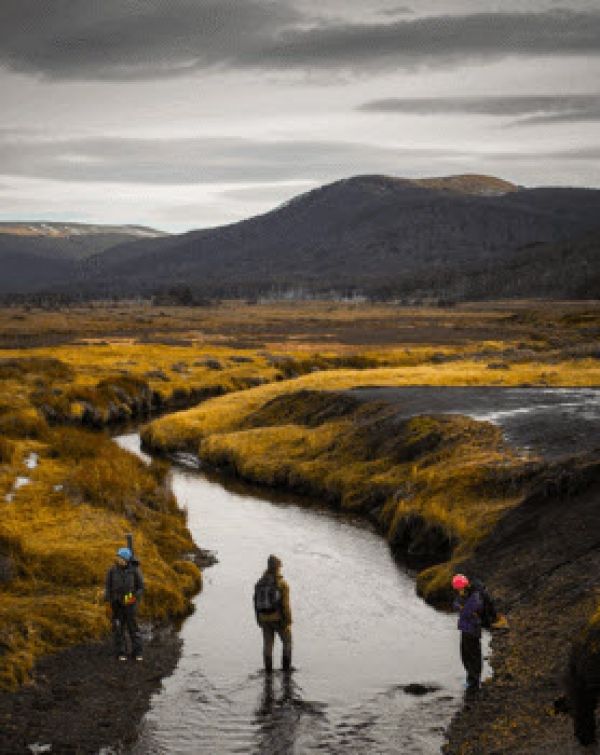Peatlands are a type of wetland where dead plant material doesn’t fully decompose because it’s too soggy. In these ecosystems, peat builds up as spongy dark soil that’s sometimes referred to as sod or turf. Over thousands of years, yards-thick layers of peat accumulate and trap huge amounts of carbon, helping to cool the climate on a global scale.
But that might not be true for much longer. Warming temperatures and human actions, such as draining bogs and converting them for agriculture, threaten to turn the world’s peatlands from carbon reservoirs to carbon sources.
In a newly published study, our multidisciplinary team of 70 scientists from around the world analyzed existing research and surveyed 44 leading experts to identify factors that could change peatlands’ carbon balance now and in the future. We found that permafrost degradation, warming temperatures, rising sea levels and drought are causing many peatlands around the world to lose some of their stored carbon. This is in addition to rapid degradation caused by human activity. And unless steps are taken to protect peatlands, carbon loss could accelerate.
Continue reading at Texas A&M University
Image via Texas A&M University


